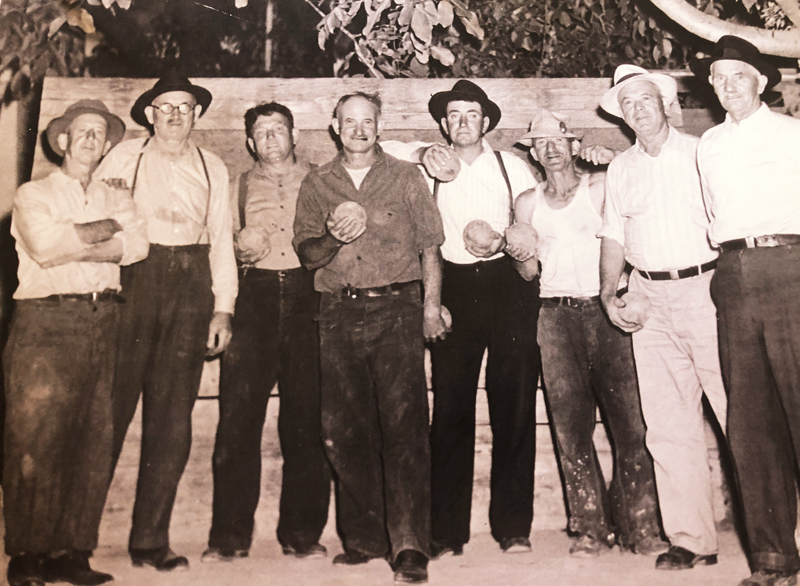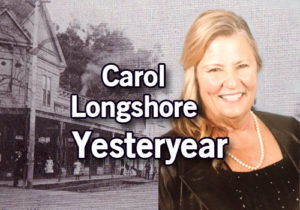Bocce traveled the world before settling in Concord

 CONCORD, CA (Sept. 16, 2021) Many of you may know the offspring of the Italian friends who brought the game of bocce to Concord.
CONCORD, CA (Sept. 16, 2021) Many of you may know the offspring of the Italian friends who brought the game of bocce to Concord.
The first known documentation of bocce was in 5200 B.C., with an Egyptian tomb painting that depicted two boys playing.
The game spread throughout the Middle East and Asia. The Greeks eventually adopted it, and then passed it on to the Romans. While unifying and nationalizing Italy, Giuseppe Garibaldi popularized bocce as it is played today.
Bocce frequently lost and gained popularity throughout the ages. During a resurgence of popularity in 1896, the first bocce Olympiad was held in Athens. It went on to be an international sport.
The bocce balls were made near the cities of Torino, Italy, and stem from the House of Savoy dynasty (1003-1860). Before the 1850s, players used custom-made wooden balls – sometimes fortified by using blacksmiths nails. The modern game uses composite or metal balls.
Lawn bowling, nine pins, skittles and pétanque are a few of the names this popular game has been called.
Bocce for the average player is simple. Two, four or eight players make a team. Each player gets two boccias (balls) to throw near the pallino – a small ball thrown to the middle of the court before the game.
A game between friends
In Concord, bocce began as a Sunday afternoon game between Italian friends and slowly grew to the city level with tournaments and leagues.
These Italian friends started playing in the ’30s and ended when BART took over Victor Lavagnino’s property in the early ’60s.
They toasted their final game with their last glass of wine brought up from the cellar. Then with a tear in his eye, Lavagnino watched his house and court be torn down.
The city built two bocce courts and the leagues began, continuing to grow with gusto.

Carol Longshore
Carol Longshore has been a Concord resident since 1950. She is a community leader and past president of the Concord Historical Society. Send comments and suggestions for future topics.
